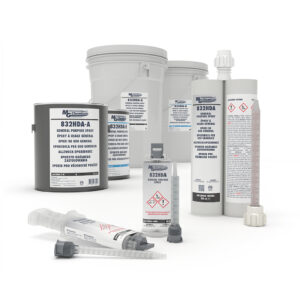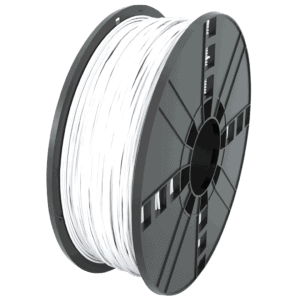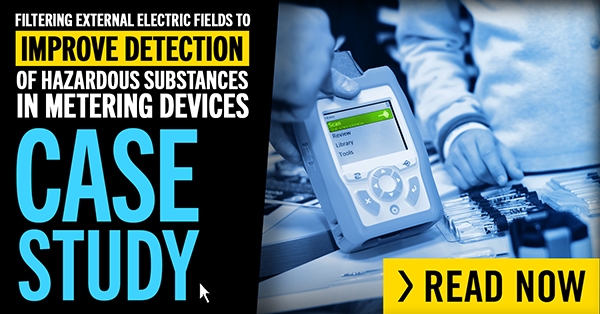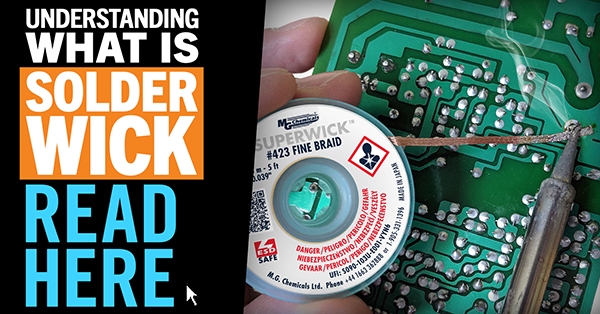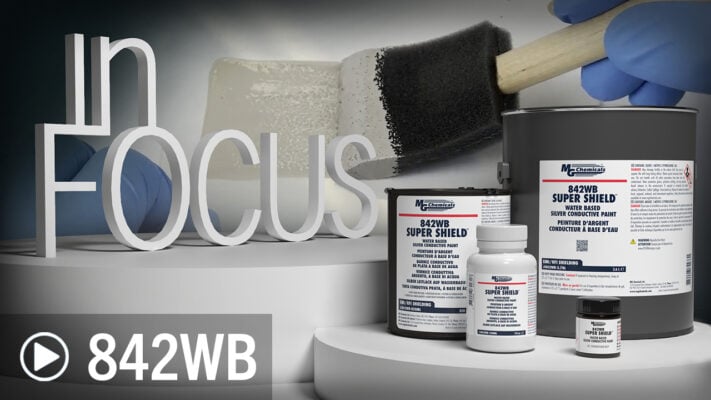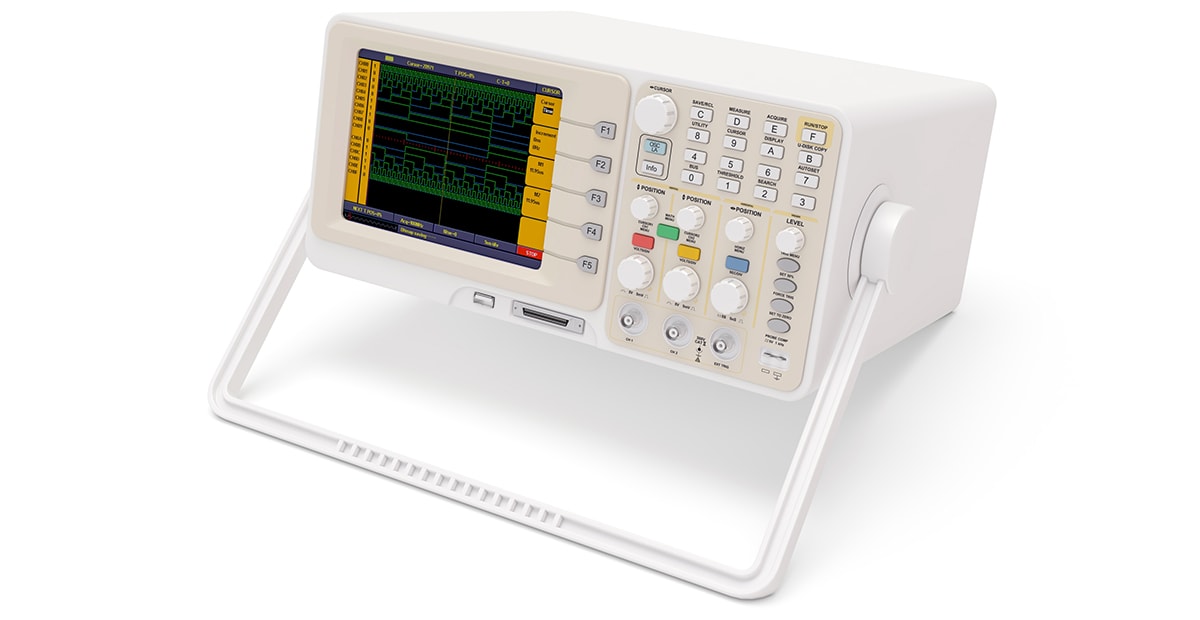Across all industrial sectors, a common denominator is the need for modern equipment in the design and operation of the electronics we need. A surgeon requires optical instruments to be able to properly inspect their patients’ injuries while construction teams rely on, sensors, robots and heavy-duty tools for many of their tasks to stay on schedule. Because equipment is ubiquitous, it sees a diverse range of environments, from deep underground mines to home interiors to outer space. Ruggedizing these instruments to operate in these conditions requires not only careful design, but also materials such as protective coatings, resins, greases and adhesives that ensure sustained operation. Specifically, these materials extend the longevity of the equipment by protecting against operational hazards like overheating, runaway fire, corrosion, electrical shorts, physical impacts and electromagnetic interference (EMI). The following paragraphs review specific case studies where MG Chemicals’ extensive product portfolio and technical expertise were deployed to solve various equipment challenges.
Greases that do more than just Lubrication
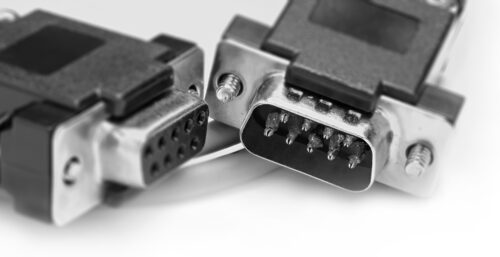
We are all familiar with using grease as a lubricant to prevent friction and wear between moving parts such as chains, pulleys and bearings. With equipment repair and maintenance however, secondary features such as electrical conductivity and corrosion protection are often more crucial elements for continued operation.
Our 8462 dielectric grease, for example, has superior hydrophobicity that helps seal out moisture from heavy duty equipment such as well bore drills, preventing damage from corrosion and erosion.
Electrically conductive grease, such as our 846 carbon conductive grease, has a soft, buttery consistency that makes it easy to spread and conform to intricate geometries. Since the grease uses carbon and not metal flakes like copper or silver, there is no risk of corrosion via galvanic coupling with the substrate. It is applied to pins in male/female connectors for counters to fill gaps between the two surfaces that might impede current flow ensuring a continuous electrical path and uninterrupted operation.
Similar applications for electrically conductive grease are seen in welding, where gaps in spot welded parts are sealed using our 846 and 847 conductive paste.
Adhesives for more than just Bonding
While adhesives are often used to make minor equipment repairs, they are now typically part of the initial design of an instrument as manufacturers take advantage of dual-function materials that bond parts while providing secondary features like EMI shielding and thermal management.

Electrically conductive adhesives are epoxy systems loaded with conductive silver flake that can be used to fabricate electrical conduits between surfaces. A real-world example is our 8331D 2-part electrically conductive epoxy adhesive which customers use to interconnect the cells of photo-voltaic panels that power cathodic protection power systems in remote areas that cannot easily be tied into the existing power grid. Probes that use radio frequencies to measure water levels are sensitive to malfunction from interfering radio transmissions. Customers use our electrically conductive adhesives as a sealant to block EMI, ensuring continuous and reliable operation of measurement probes.
Adhesives are used within medical equipment, largely for features such as thermal conductivity to prevent overheating. Our 8329TFF for example helps with thermal management in scanners that are used to examine histology slides remotely, enabling quick and accurate diagnoses.
Structural epoxy adhesives are becoming increasingly popular since they are easy to use and help reduce weight over traditional bonding methods such as spot welding or riveting. Agricultural equipment such as hopper silos use our 9200 structural epoxy adhesive to bond the framing, securing the silo in place.
Resins to Protect your Equipment
Potting resins such as epoxy, polyurethane and silicone add a layer of protection to electronics that safeguard delicate components under harsh conditions. This is especially relevant when discussing electronic equipment that sees environments of all types and intensities. Flowmeters for example are subjected to especially severe elements that require tough materials for protection. Our 832HD is a general-purpose epoxy potting compound that cures to a rigid finish. It is used to pot the junction box of flowmeters, giving it the IP68 rating needed to authorize sub-terrain placement.
Fire protection is an additional feature extended by potting resins such as our 834B, 834FX and 834HTC which all meet the UL94 V-0 standard. Some applications of these materials include firewalling controllers for robots that tie rebar.
Coatings that Shield against the Outside World
When simple protection from exterior elements is needed, users can opt for coatings rather than potting resins which are easier to apply, reworkable and add less weight. Coatings are great options where protection from moisture, dust and microorganisms are of main concern and protection from physical impacts is not needed. For example, high voltage relays for home appliances are situated within an environment where the main environmental concern is atmospheric moisture. Solutions to protect these devices include Conformal coatings like our 419E that provide a thin film barrier to prevent water ingress onto the circuit. Pump switches like those used in sump pumps, require a more durable coating to protect against contaminants like fungus and sulfide gases such as our 4223F polyurethane conformal coating which offers premium protection in chemically challenging environments.
Electrically conductive coatings combine traditional resin systems with electrically conductive metal flakes like nickel, copper and silver. Most applications involving these paints is shielding enclosures against EMI; however, these coatings provide equipment producers with a cheap and easy way to make surfaces conductive, eliminating the need for heavier, more costly metal fabrication. Sputter coaters – which render samples to be viewed under a scanning electron microscope electrically conductive – employ conductive coatings like our 838AR carbon conductive coating, avoiding the need for more costly materials like aluminum or gold.
Where higher noise reduction is needed, customers use our 843AR silver coated copper coating which is easy to use and adheres well to most plastics. Charging station enclosures used for radiology equipment is surrounded by interfering devices, requiring shielding paint capable of blocking broad spectrum radiation and conforming to the enclosure’s intricate geometry.

